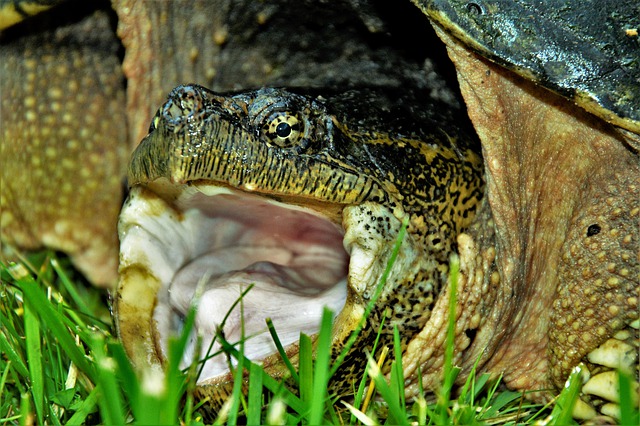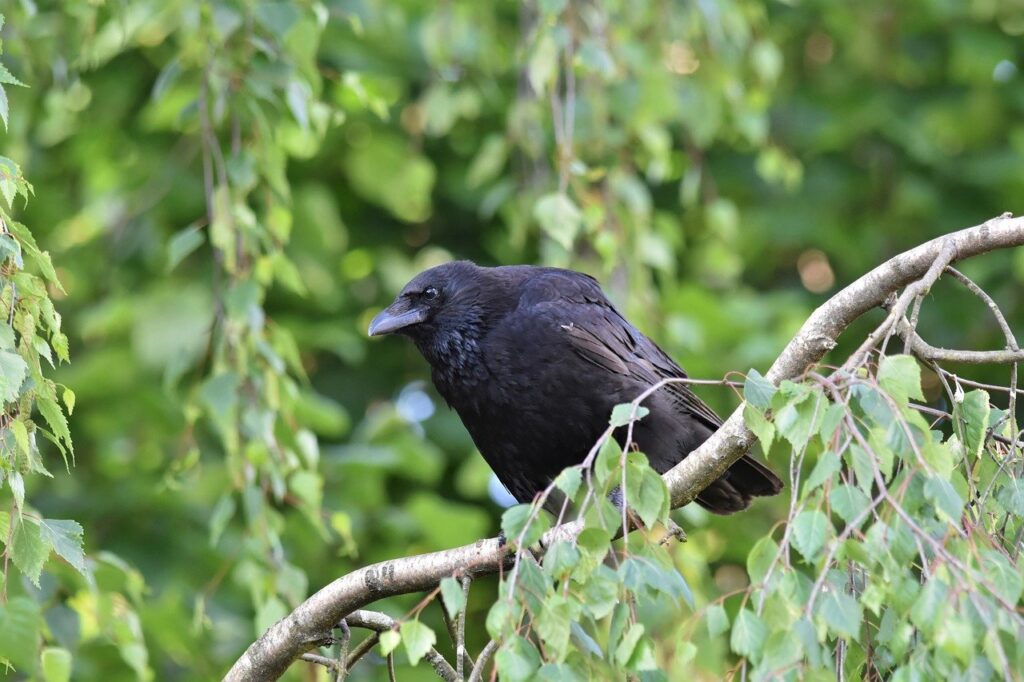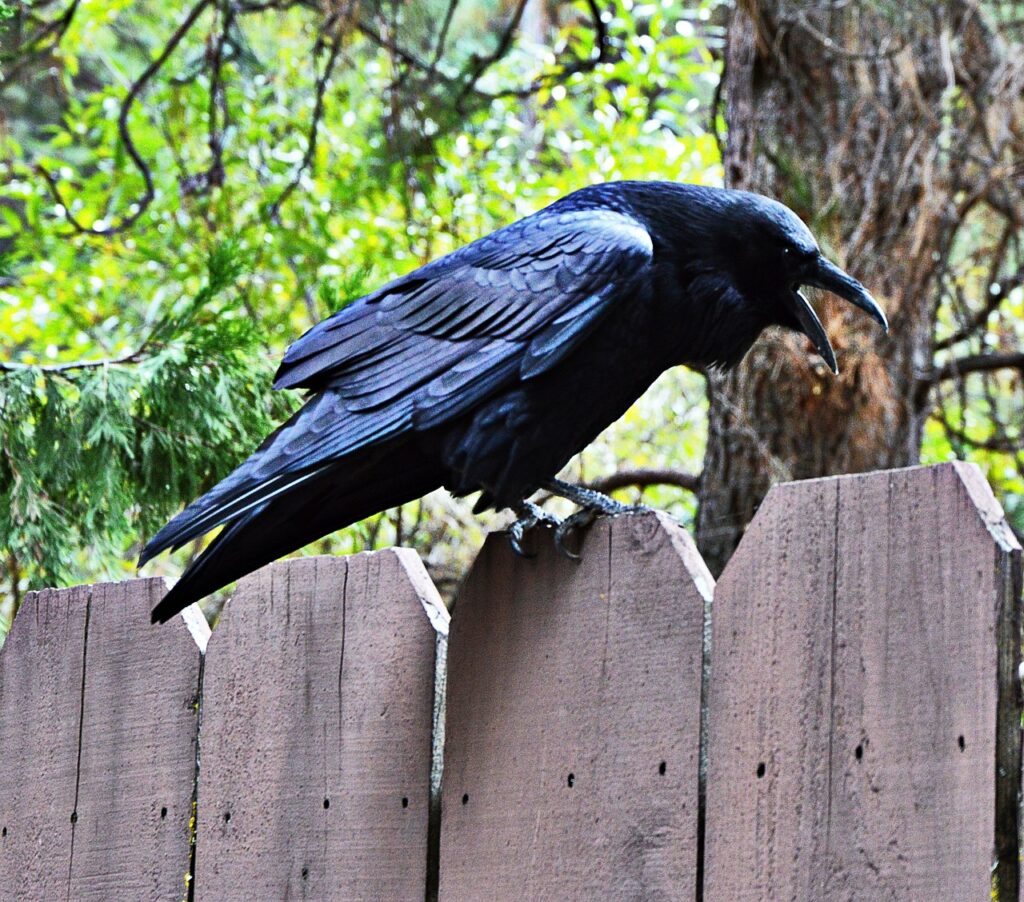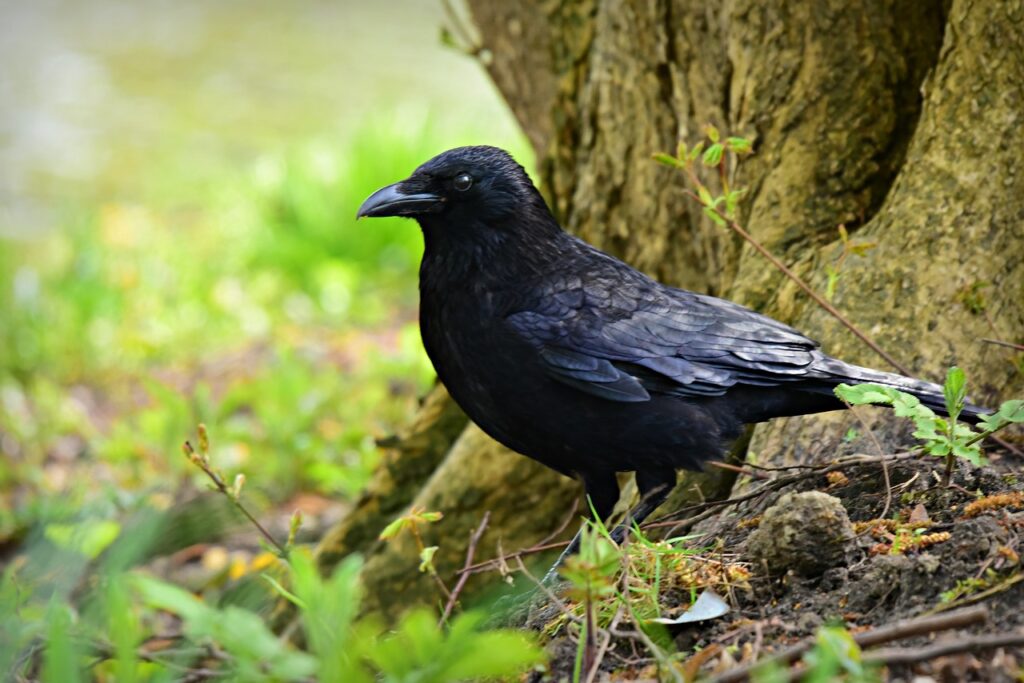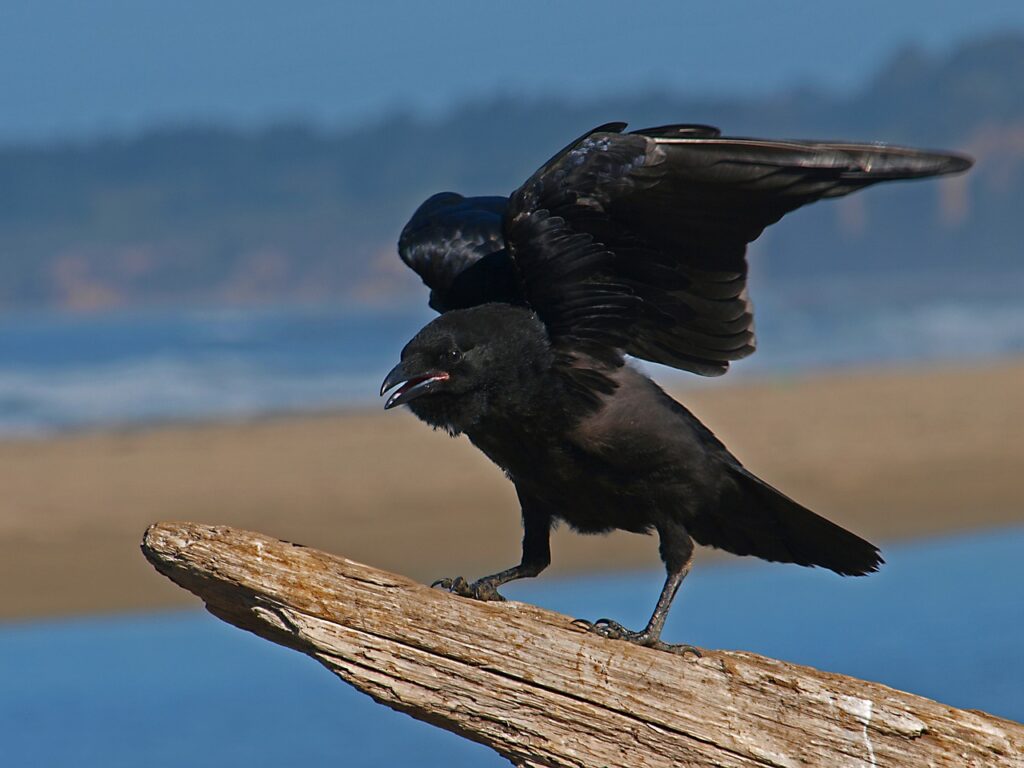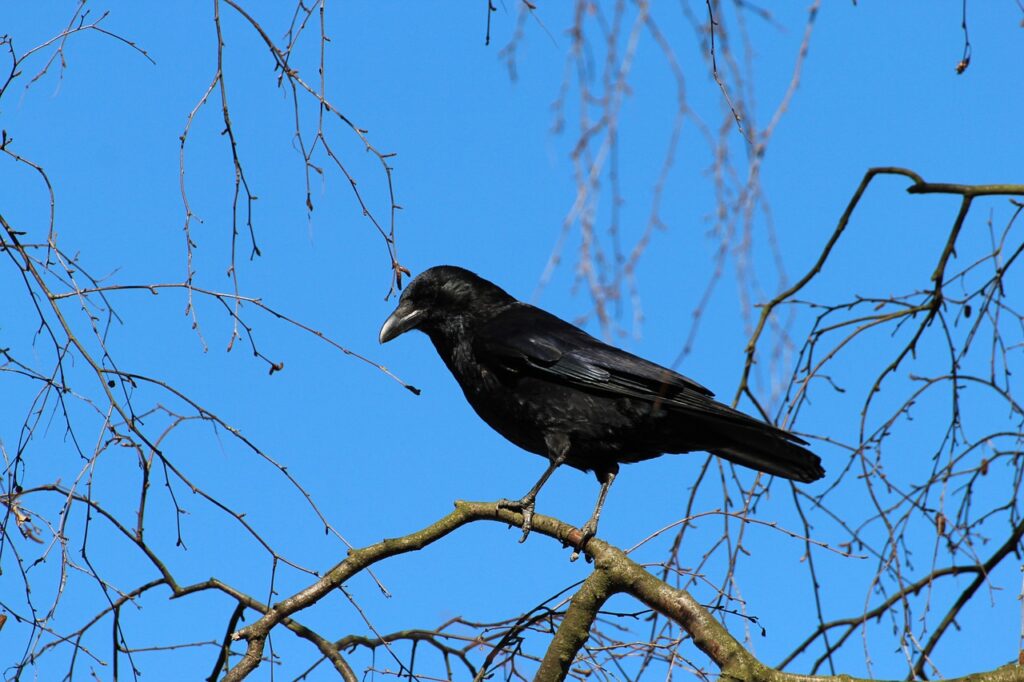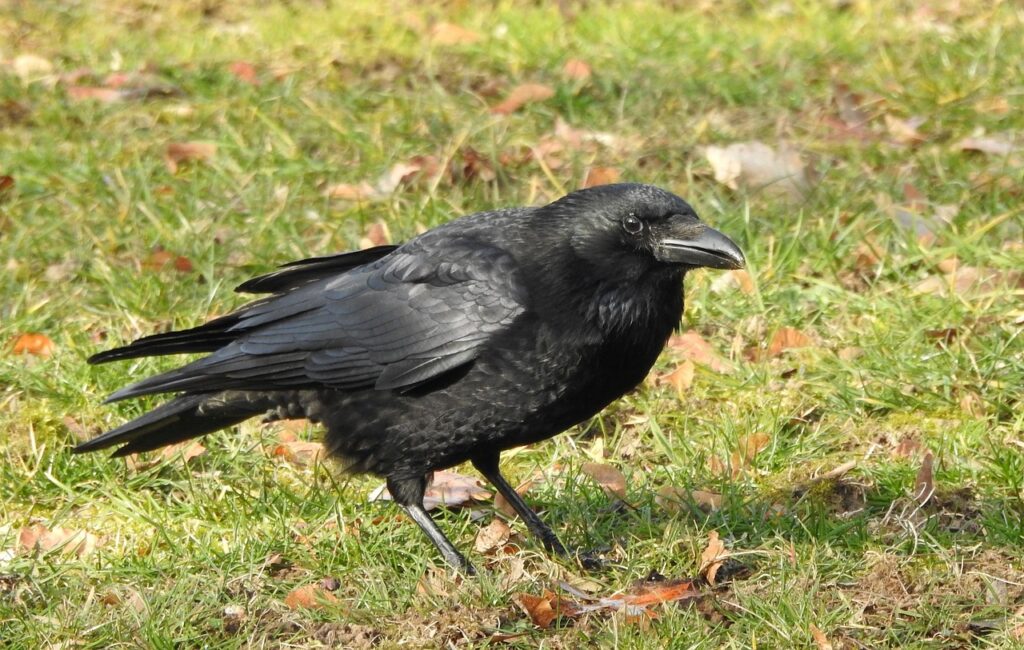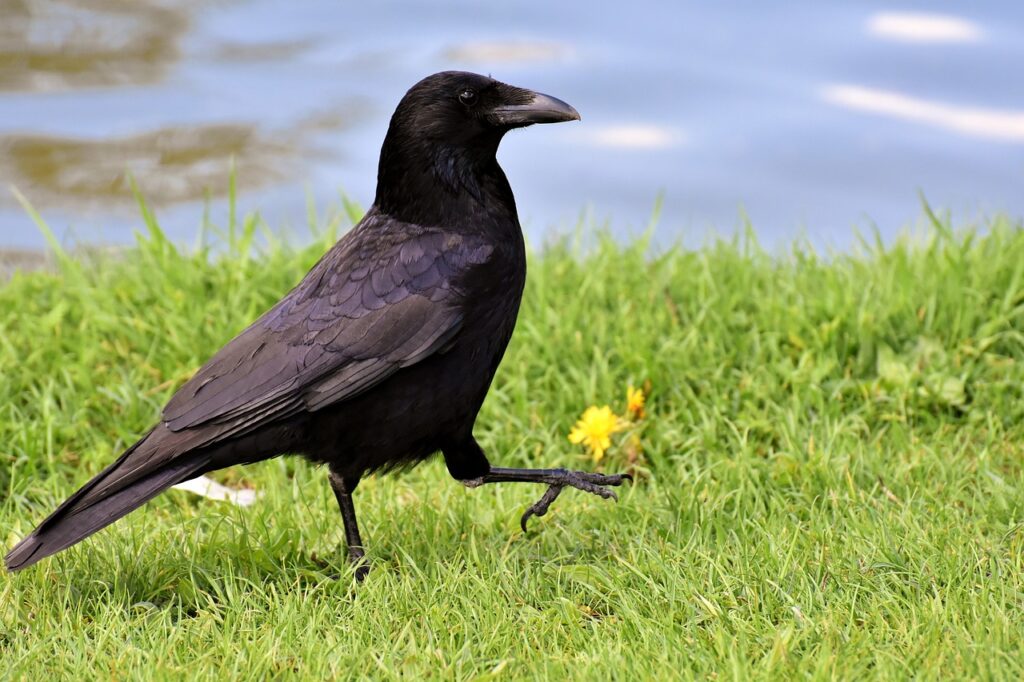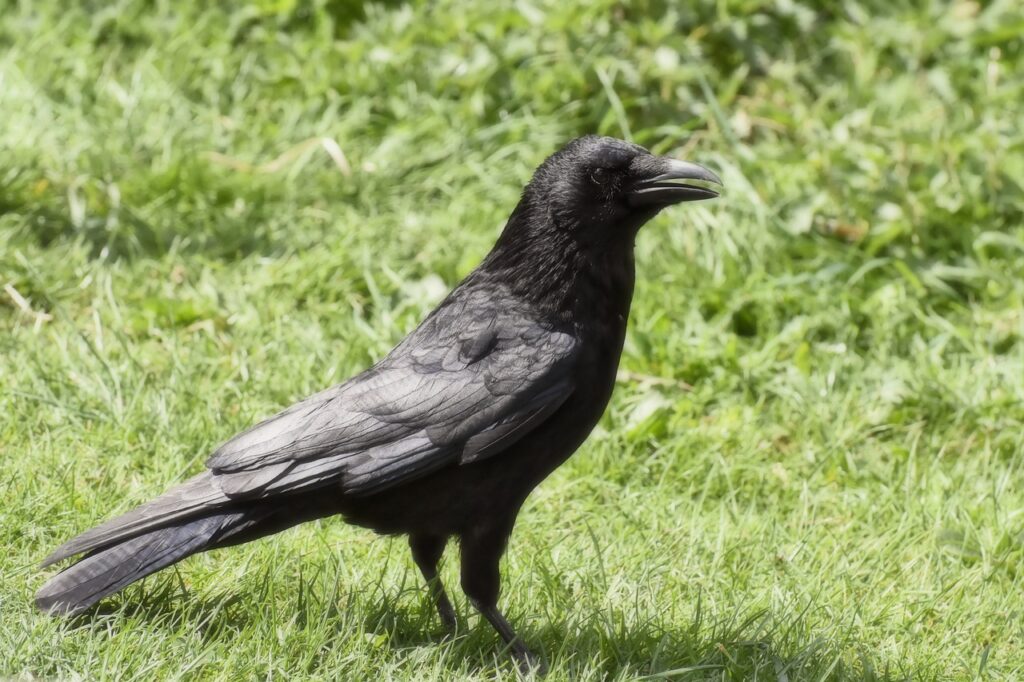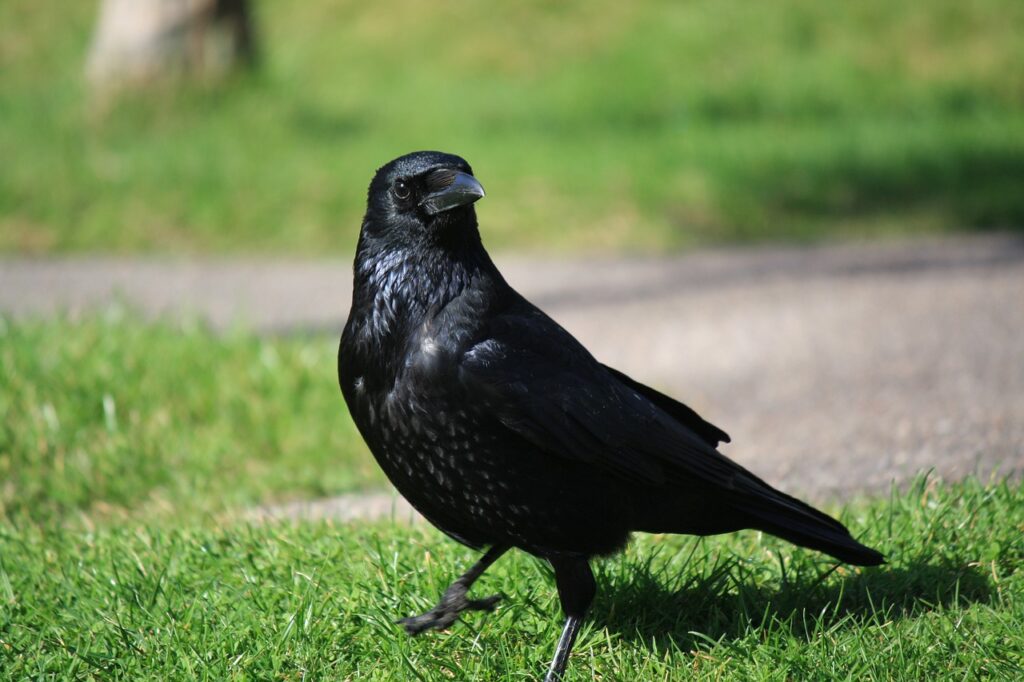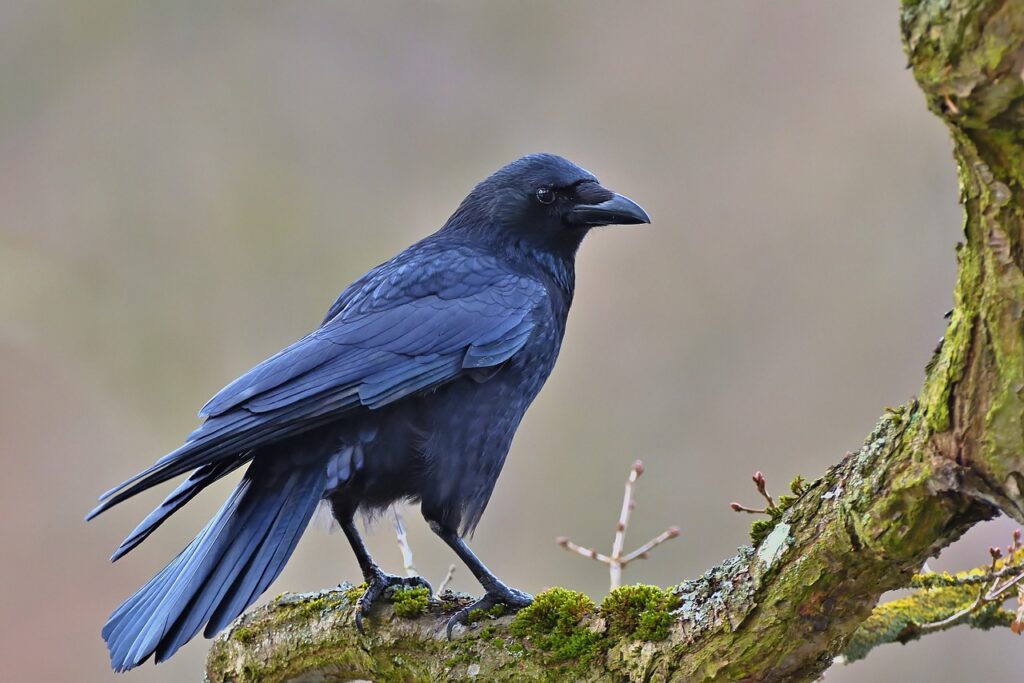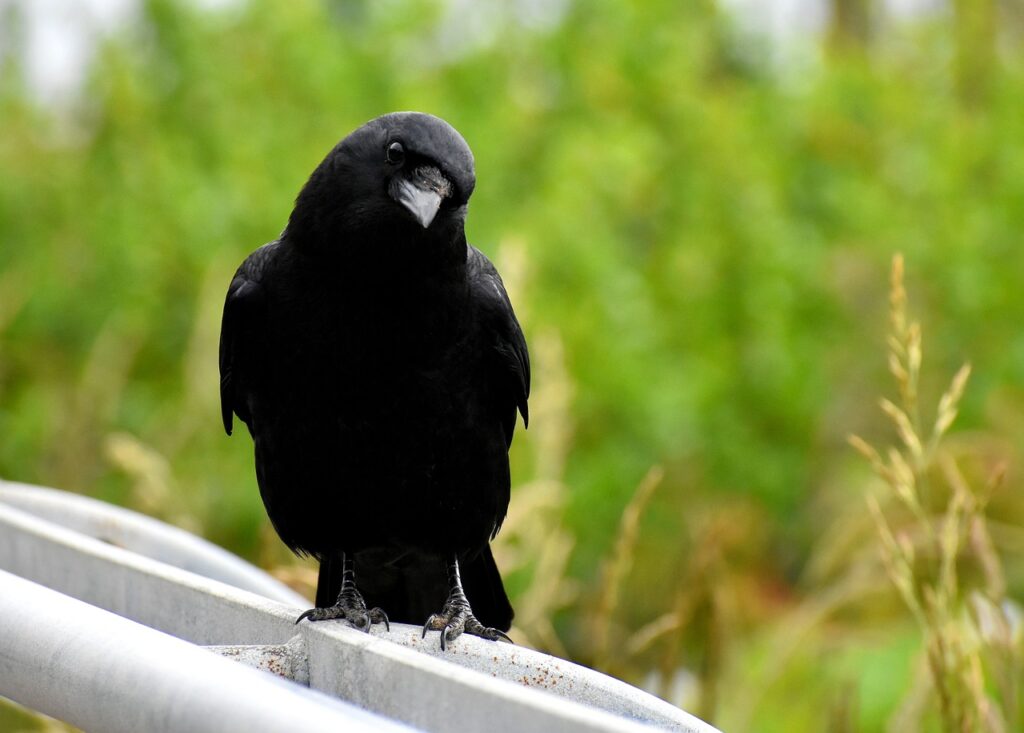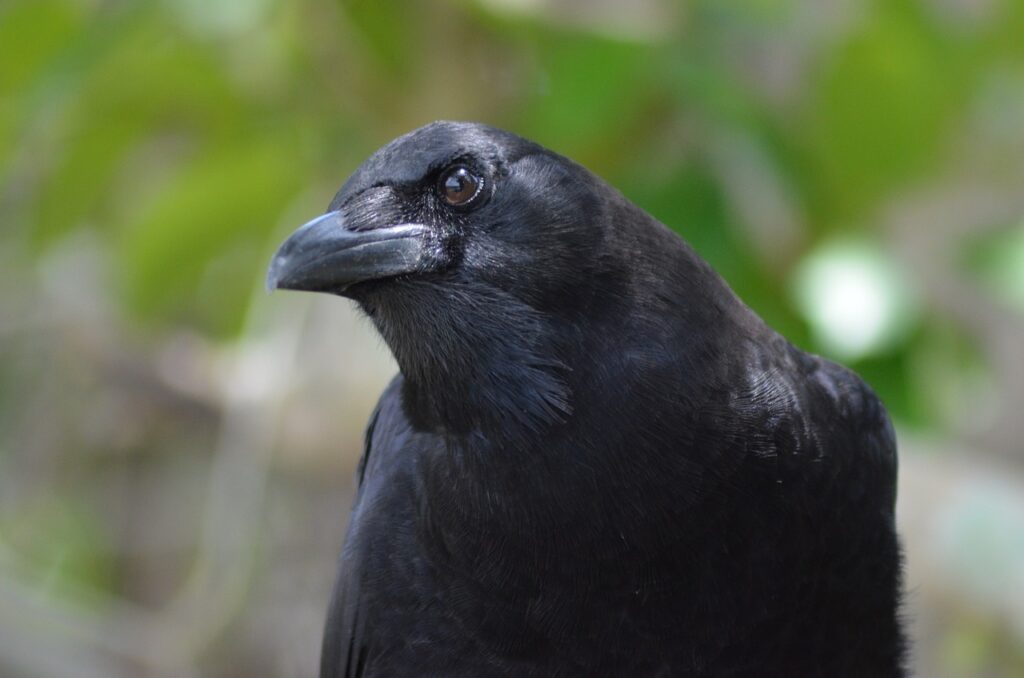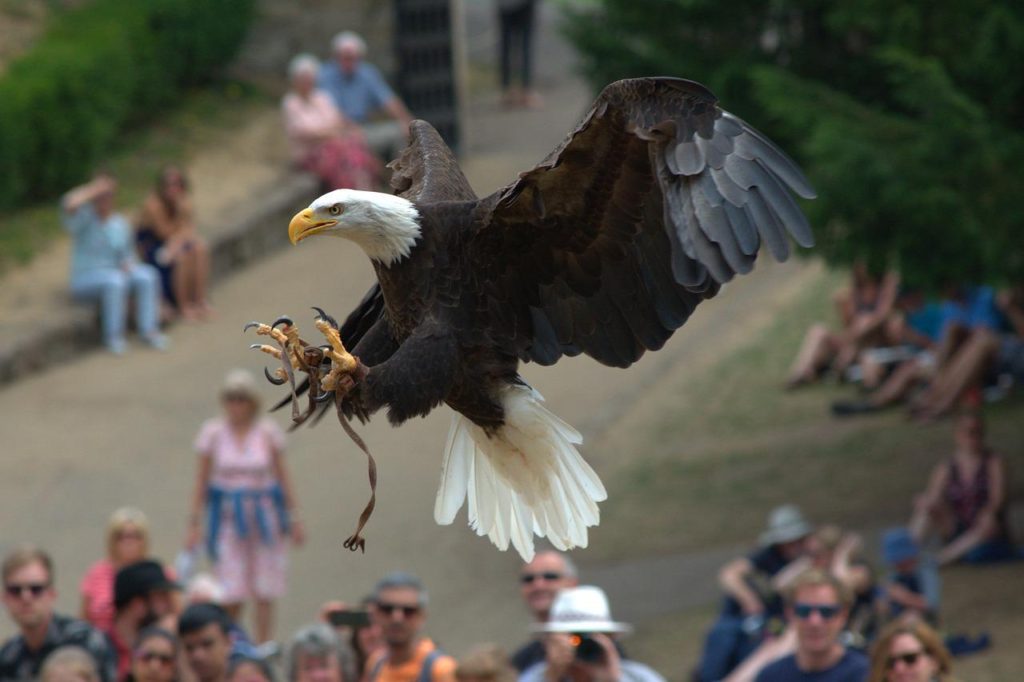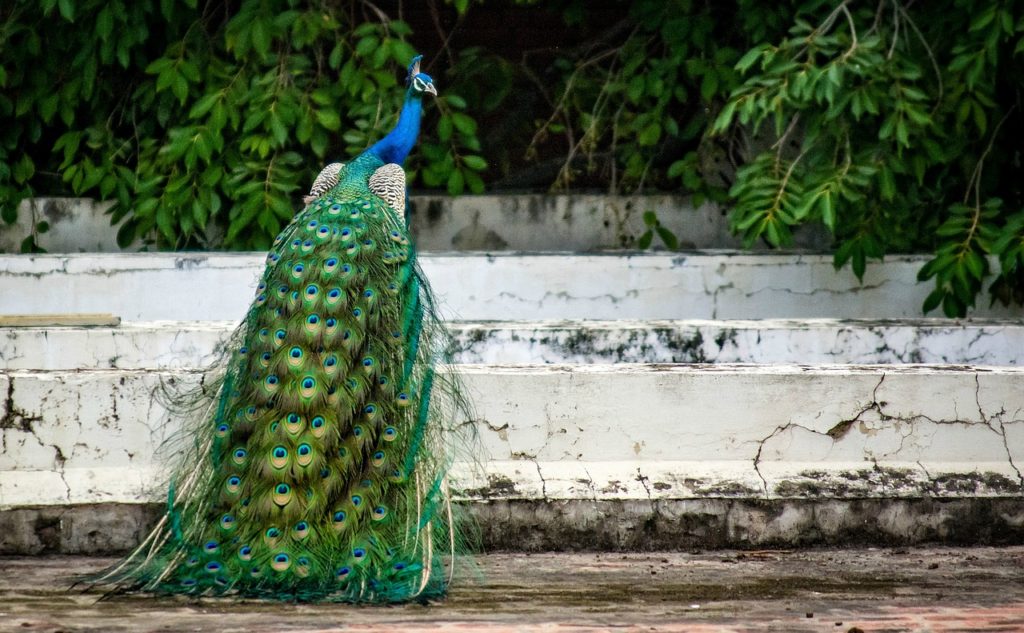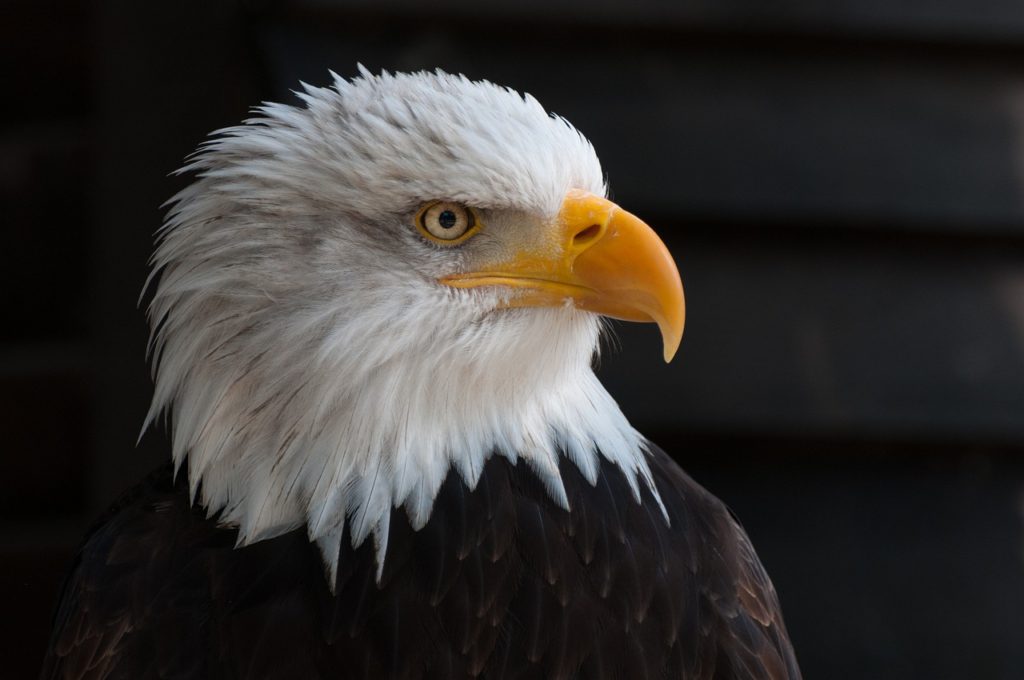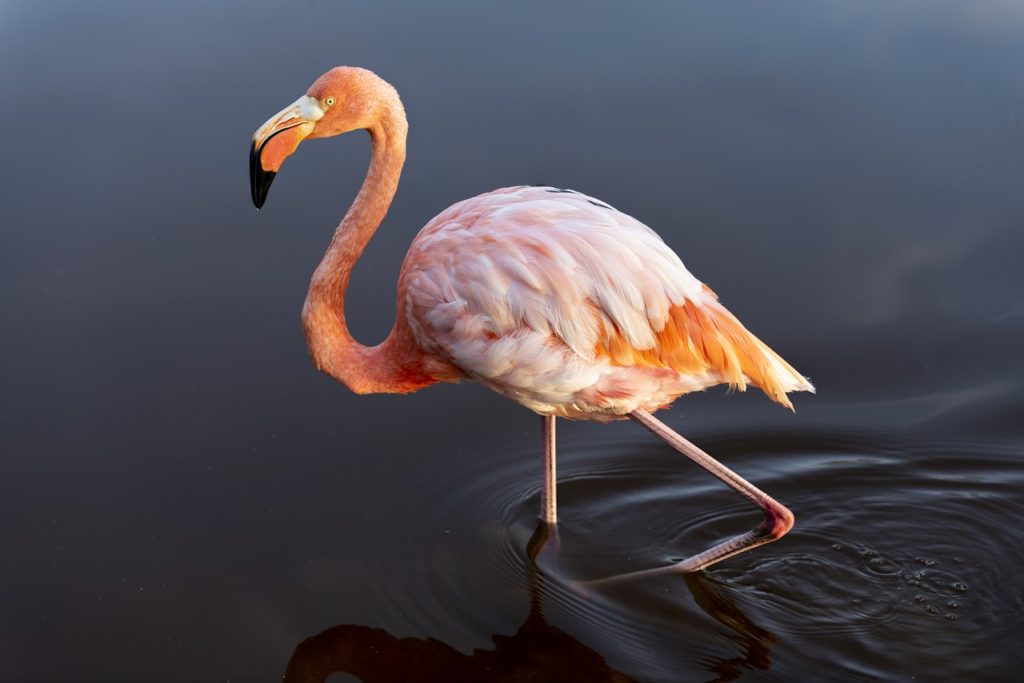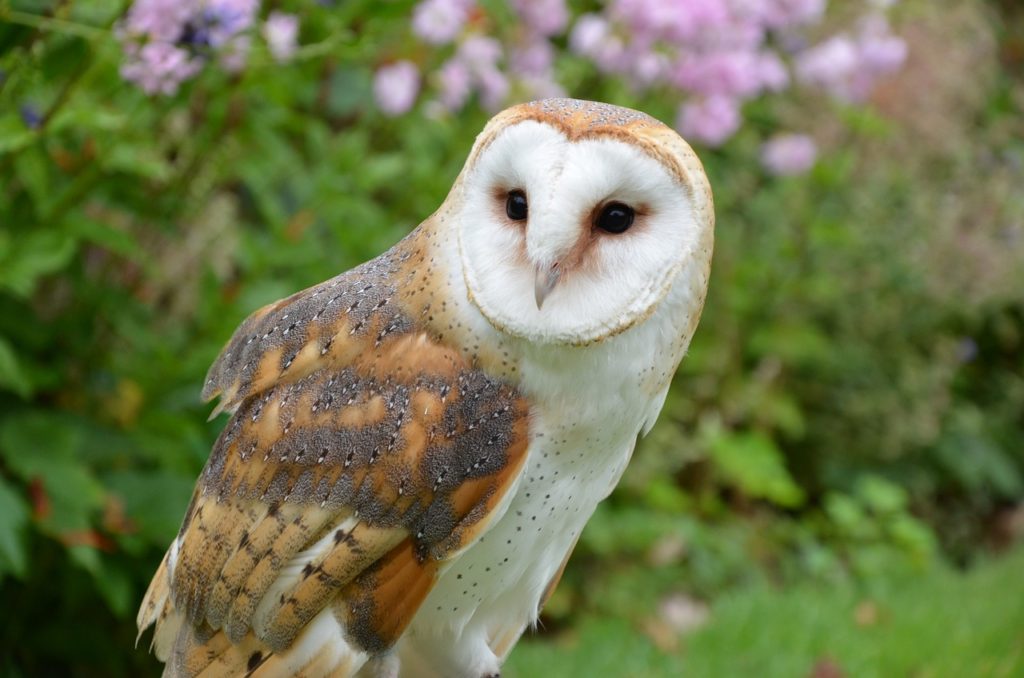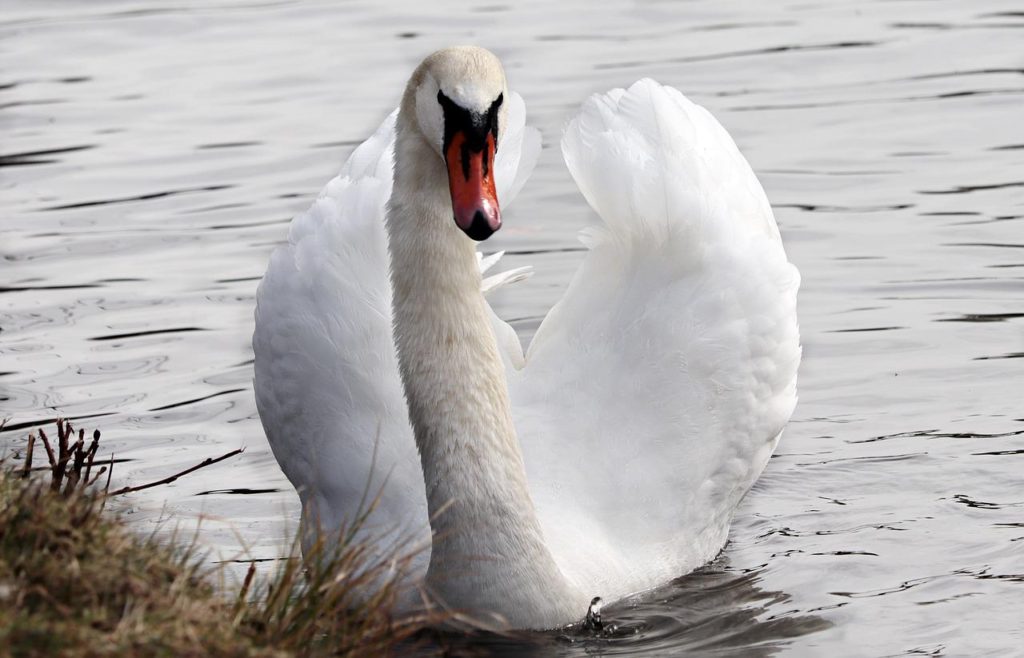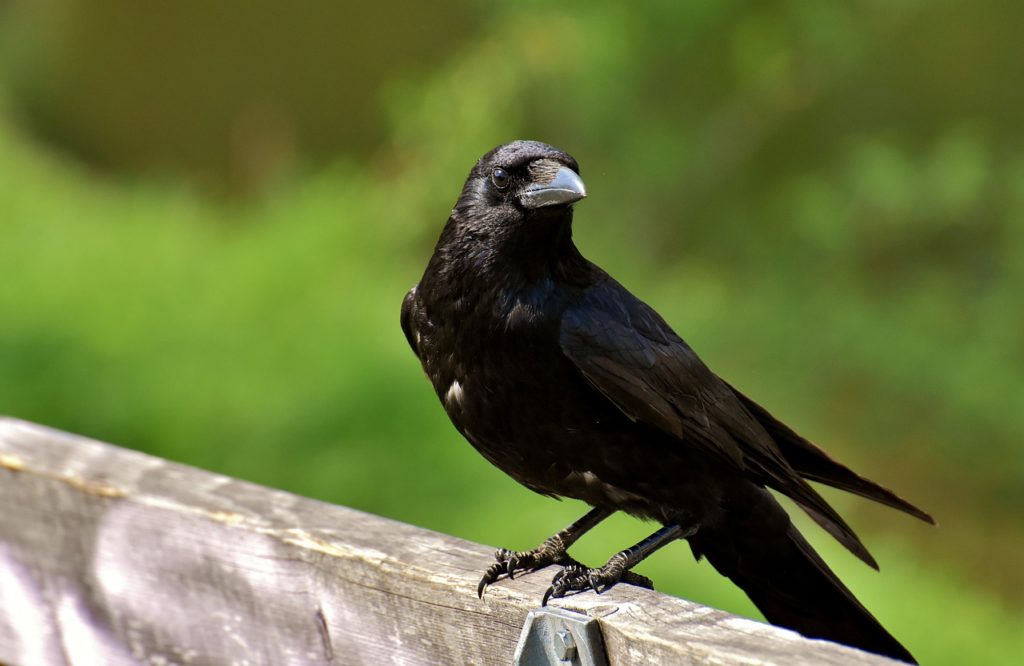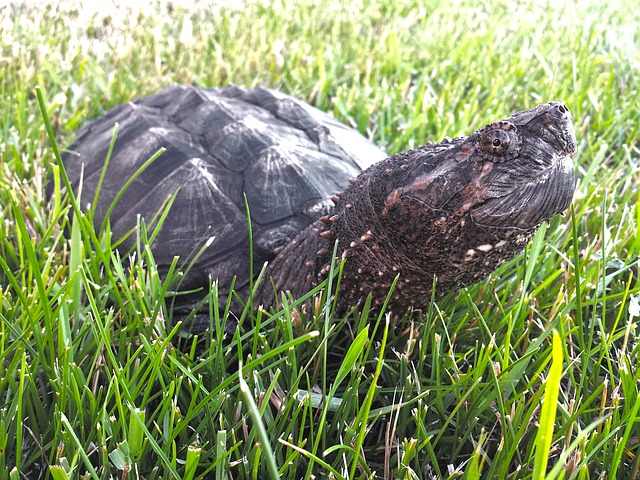
The common snapping turtle is known for its aggressive attitude and powerful jaws. There are many amazing things you’ll want to know about these large and ornery reptiles. So here are some of the top common snapping turtle facts.
They Aren’t Picky Eaters
The common snapping turtle will eat just about anything that it can catch and kill. This includes fish, other turtles, frogs, snakes, insects, aquatic mammals, and even sometimes waterfowl. They also feed on aquatic vegetation and the carcasses of any dead animals that they may find in the water as well.
Snapping Turtles Are Typically More Aggressive On Land
When encountered on land snapping turtles are often highly aggressive. They attack potential threats by raising their body and lunging at them. However one of the facts about snapping turtles that many people don’t know is that when they’re encountered in the water they prefer to flee instead. They often will and hide underwater and many times in the muddy bottom. 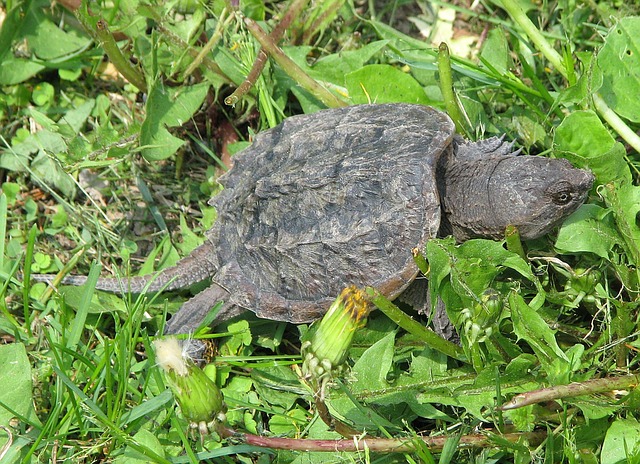
Common Snapping Turtles Don’t Make Good Pets
Owning a pet snapping turtle may seem like an exotic option when compared to other turtle species. While they are hardy and long-lived in captivity keeping snapping turtles as pets is not recommended for most people.
While a baby common snapping turtle may be cute when it’s fully grown it will need a very large enclosure. A pond or lake would be ideal and of course most pet owners cannot provide such a space. They also have sharp claws and a bite which can cause serious damage.
They Have A Powerful Bite
One of the most well-known characteristics of snapping turtles is that when they are threatened they have the tendency to bite. Not only are snapping turtle jaws strong but instead of teeth they have a hooked beak that is also razor-sharp beak. It is designed to easily cut through the flesh and bones of its prey and it can bite through a human hand.
Snapping Turtles Can’t Actually Fit Inside Their Shell
When threatened most turtle species can pull their bodies inside of their shells for protection. The common snapping turtle cannot. Its shell is too small. Instead its head, legs, and tail always remain outside of the shell.
Its Main Predator Is Man
Snapping turtle eggs and young are eaten by herons, foxes, skunks, minks, snakes, large fish, and raccoons. However because an adult snapping turtle is large, aggressive, and dangerous it has very few natural predators. Its biggest threat is humans. That’s because common snapping turtles are hunted for sport and used to make turtle soup and stew.
They Have A Snake-Like Neck
The scientific name of the common snapping turtle is Cheldra serpentine. “Serpentine” means “snake-like,” and refers specifically to its long neck. Its neck is also highly-mobile allowing the turtle to reach and bite at angles other turtle species cannot. Because of this the snapping turtle cannot be picked up safely in the same way most other turtles are.
It’s An Incredibly Cold-Tolerant Species
Like other reptiles all snapping turtles are cold-blooded. In other words their body temperature depends on the temperature of the air and water around them. However one of the most interesting facts about snapping turtles is just how cold-tolerant they are. While some common snapping turtles do hibernate others actually remain active all winter long even under the ice.
Snapping Turtles Can Travel On Land
While they do spend most of their time in the water, common snapping turtles will leave the water and travel on land to find new habitat or to lay eggs. This is the reason that they are sometimes encountered crossing roads. This species sometimes travels over surprisingly long distances.
They Were Once Used To Find Dead Bodies
One of the lesser-known snapping turtle facts is that in the past this species was used to help locate dead bodies underwater. A rope was tied around a snapper’s shell and it was released into the lake where the body was believed to be. When the turtle stopped swimming it was believed to have found the location of the body and started to feed on it.
Start Shopping for Snapping Turtle Traps!
Crow Symbolism: Everything You Need To Know
Ever wondered why the crow has captured the imagination of so many cultures throughout history? Let's embark on a fascinating journey through the world of crow symbolism, unraveling its mysteries and discovering its significance across various cultures, religions, and...
Creepy Facts About Crows
Crows are highly intelligent birds that have thrived alongside us humans. However, while they are fascinating creatures, at the same time, there are many things about them that many people find quite unsettling. That being said here as some of the most creepy facts...
Why Are Crows So Loud?
As anyone who has heard their loud "caws," can tell you, crows are very noisy birds. In fact, they are considered one of the loudest of all bird species. But why are crows so loud? Read on to find out. The Importance Of Vocalizations Crows use vocalizations to pass on...
Do Crows Remember Faces?
Crows are known for their intelligence. But do crows remember faces? You bet they do! Here's what you'll want to know. Crow Intelligence Crows are brilliant birds. In fact, their level of intelligence is often compared to that of primates. They are so smart that they...
Why Are Crows Black?
American crows are birds with all-black plumage. But why are crows black? Well, there are several reasons. Read on to find out. Bird Color Basics Birds are some of the most colorful creatures on the planet. And they come in an amazing range of colors from white to...
Are All Crows Black?
When it comes to crows, most people are familiar with the image of a sleek-looking solid black bird. But are all crows black? No, they aren't. Here's what you'll want to know. The American Crow Is Not All Crows The American crow is found throughout most of North...
How Long Do Crows Live?
How long do crows live? That's one of the many questions people ask about these familiar all-black birds. Here's what you'll want to know about the lifespan of crows and what affects it. How Long Do Crows Live In The Wild? In the wild American crows have a lifespan of...
Enemies Of Crows
Crows are a common sight in many parts of the world. However, most of us don't realize that these distinctive jet-black birds face a range of threats even when they are in our own backyards. The following are the main enemies of crows. Natural Predators of Crows One...
Predators of Crows
In many places, crows are such a common sight that it can be easy to forget that they actually have many predators. And being "on the menu," for a range of other animals is actually why these birds are so wary. That being said, here is everything you'll want to know...
Are Crows Territorial?
Are crows territorial? The answer is yes. However, just how territorial they are can depend on several factors. Here’s what you’ll need to know. Territoriality In Birds Territoriality is the behavioral trait of defending and maintaining a specific area territory...
What Eats Crows?
Crows are large and highly intelligent birds that eat a wide variety of foods including many other animals. So, what eats crows? Here are the most common crow predators and what you’ll want to know about them. Birds Of Prey The birds of prey are a group of predatory...
Are Crows Friendly?
Crows are commonly seen, and heard, in close proximity to us in our towns and cities. But are crows friendly? The answer may surprise you. Crows Are Highly Social Birds Crows are social birds that live in family groups. And they are well known for forming close bonds...
Do Crows Mate For Life?
Do crows mate for life? Yes, they do. And this behavior is highly advantageous to them. Here's what you'll want to know. How Do Crows Attract A Mate? Crows are social birds; most of the year, they live in small family groups. During the breeding season, however,...
Birds With Talons
All birds have claws. However, only a few types have the scary-looking and dagger-sharp claws called, “talons”. So here are the birds with talons and what you’ll want to know about each of them. What Are Talons? Talons are the claws of a group of predatory birds known...
Birds With Tails
Just like birds themselves, birds’ tails come in a wide range of shapes and sizes. And some tails of course are more interesting and remarkable than others. The following are birds with tails that never fail to impress! Long-Tailed Tit The long-tailed tit, also known...
Birds With White Heads
There's no doubt about it, birds with white heads really stand out. From small to large they are quite a unique bunch. So here are some of the most fascinating white-headed birds and what you'll want to know about them White-Headed Vulture The white-headed vulture is...
Birds That Look Like Flamingos
Flamingos are wading birds with long necks and legs. These social birds live in groups and have strongly hooked downward-facing beaks which they use to feed on shrimp and other small water creatures. And they are famous for their stunning pink color. With such a...
How To Attract Owls To Your Yard
Owls are nocturnal birds of prey that can be extremely helpful when it comes to controlling rodent populations in a natural way. That is of course if you can attract them to your property by creating an owl-friendly habitat. So keep reading to find out how to attract...
Why Would A Swan Be Alone?
It's widely known that swans are incredibly social and romantic creatures, so it can be disconcerting when you encounter a solitary swan. However, there are several reasons why this might be. So why would a swan be alone? Here's what you'll want to know. But first,...
How To Attract Crows To Your Yard
Crows aren’t always pests as many people believe. In fact, these super smart birds can actually help to rid your property of many common backyard and garden pests themselves. So here’s your step-by-step guide on how to attract crows to your yard! Step 1. Create A...
